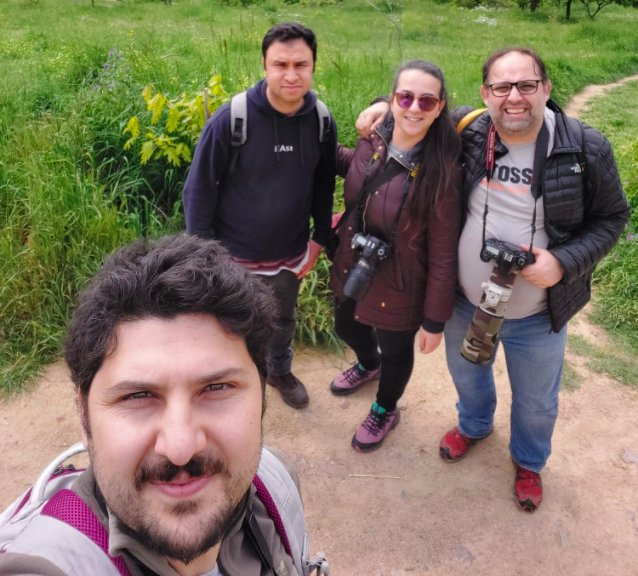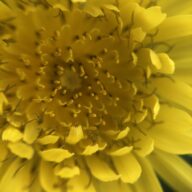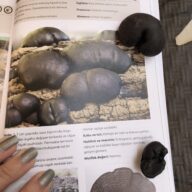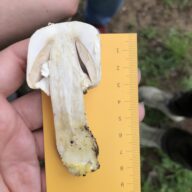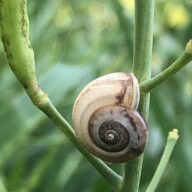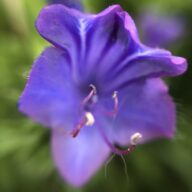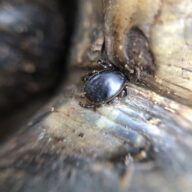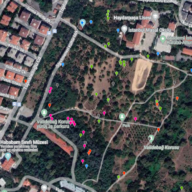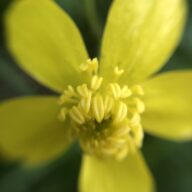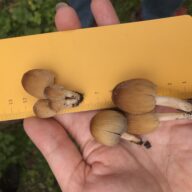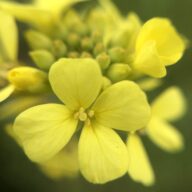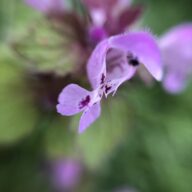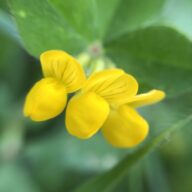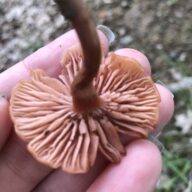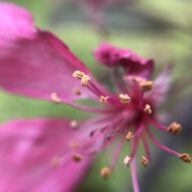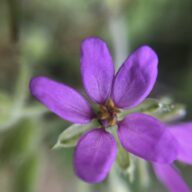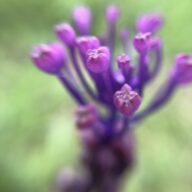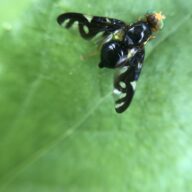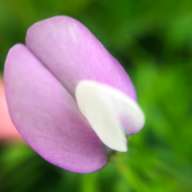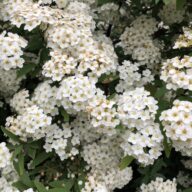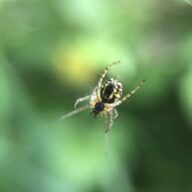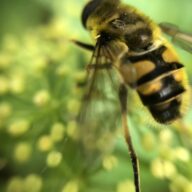In the seventh workshop of the “Urban Workshops” organized by Istanbul Medeniyet University, the “BioBlitz” event was held under the theme of sustainable city. Spring observation of the workshop titled “Ecology in the City – BioBlitz: Validebağ Grove” organized under BioBlitz IMU events was conducted by wildlife biologist/ornithologist Nuh KUBILAY, and our University research assistant Ayça ÇELIKBILEK. In the event held in Üsküdar Validebağ Grove on Saturday, April 29th, 2023, a total of 7 hours of observation was made.
In the workshop held in Validebağ Grove, which was registered as a 1st-degree natural heritage area and declared as a protected area, the biodiversity of the land was recorded and mapped by identifying the living species in the area. In the spring observation, which was organized as the fifth part of the BioBlitz events, 142 observations were made and 135 of them were recorded with photographs. 26 different observers and experts from all around the world provided support to the recorded observations. As a result of the definitions, 74 species were identified and recorded in the spring observation. Thus, as a result of the studies that started in December 2021, a total of 337 species were identified and recorded in the Validebağ Grove. Identification studies continue for the observations whose family and genus have been determined but the species classification has not been made yet.
Approximately 13% of the living species observed in the workshop belonged to bird species. While some of these species were observed and recorded with photographs while they were feeding, staging or nesting in the area, some were observed through binoculars while flying over the area. Among the new bird species observed were mostly migratory birds and predators. This also revealed the important contribution of the protected ecosystem to the species richness of the region, which is used as a staging and feeding area by birds, by not interfering with the natural structure of the area. It has been determined that interventions to the area or opening the area to the structural development of the city will create a conflict between human and wildlife, which bears the risk of reducing species diversity along with habitat loss. However, it was noted that the observation records made for small songbirds, which were abundantly seen in the area last year, decreased significantly compared to last year.
It was observed that there is an increase in plant species in the area and, accordingly, insect/spider species in the spring season. It was also determined that the flowering seen in the plants is an important factor for noticing the species by the observers. While a total of 59 plant observations were made with photographs, 35 plant species were recorded as a result of these observations. Compared to the previous year, it was observed that especially Purple Viper’s Bugloss and Hairy Yellow-Vetch species spread over a wide area in the area in this year.
While a total of 23 mushroom observations were made in the workshop, it was observed that the number of detected species increased compared to the previous year. It is thought that the precipitation in the region before the observation day has an effect on the increase in the number of observed species.
In the observations made, the green parrot, which was defined as an invasive species in 41 countries, including our country, was recorded as in the previous workshops. During the spring observation, a Testudo turtle, which was listed as vulnerable (VU) on the threatened species list by the International Union for Conservation of Nature (IUCN), was observed and recorded.
One of the main purposes of BioBlitz IMU activities, which are designed not only as a nature observation but also as environmental education, is to contribute to the recognition and protection of the environment by developing the right attitudes, behaviors and skills in the local community. In this sense, the workshop contents aim to explore environmental problems, resolve conflicts between nature and human beings and solve the problems caused by this conflict, and mobilize individuals and then communities in order to improve the environment. In order to achieve these goals, all participants were informed about the observed species, their characteristics and habitats during the observations made during the workshop and the species identification studies carried out after the workshop. In addition, information was given about the threats that rapid/unplanned urbanization and climate change will pose on these species and their habitats. Thus, the workshops contributed to the citizens’ understanding of the importance of green spaces and natural heritage areas, which are gradually decreasing in a big metropolitan area like Istanbul, and to the awareness that they share these areas with many living species. They also aimed to increase the awareness of the citizens by recognizing the living species and to spread the community-based conservation works.
The participants were given a digital participation certificate after the workshop, which was open to the public.
You can follow BioBlitz IMU’s summer observation workshop on sdg.medeniyet.edu.tr.

